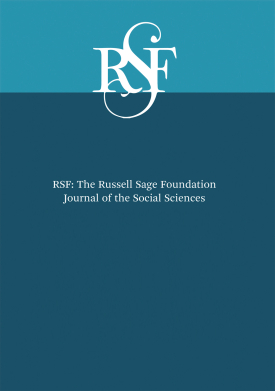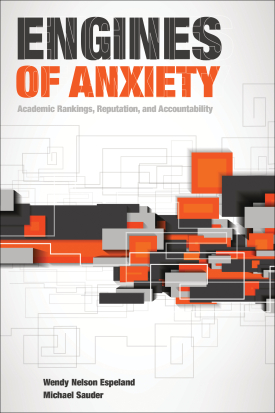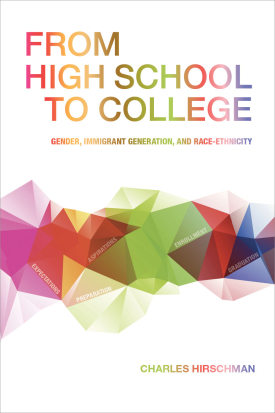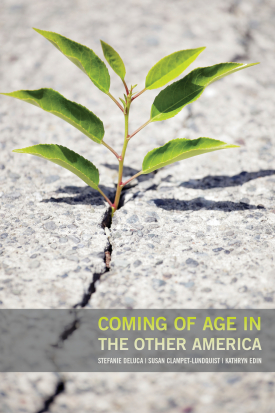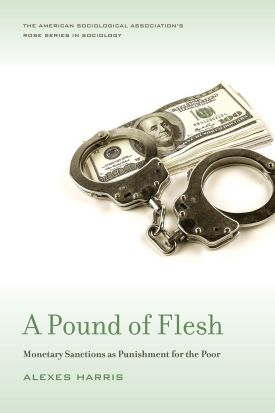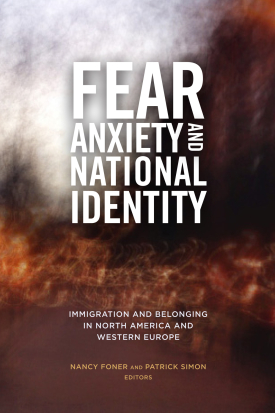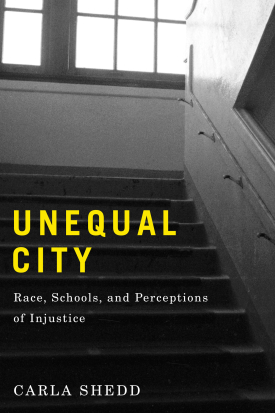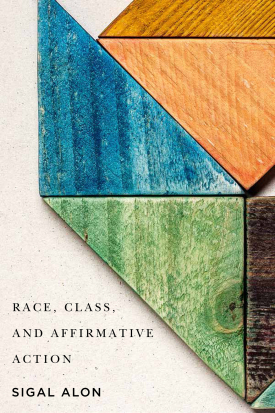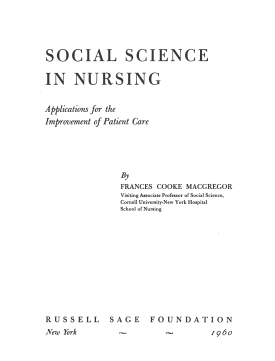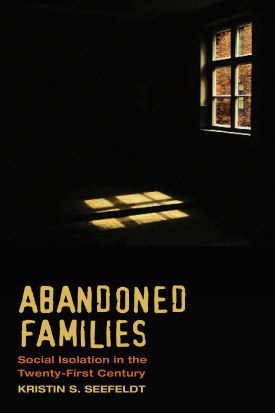
Abandoned Families
About This Book
Honorable Mention 2018 Society for Social Work and Research Outstanding Social Work Book Award
“This is a remarkable narrative of how institutions that traditionally promote social mobility and inclusion have abandoned striving families in Detroit, a city that has also been forsaken. Based mainly on intensive interviews of low- and moderate-income mothers from 2006 to 2011, Kristin S. Seefeldt’s riveting account of their struggles and her thoughtful policy suggestions to address their plight make Abandoned Families a must-read for scholars, policymakers, and lay readers. I strongly recommend this book as one of the most powerful studies of urban inequality in the last half century.”
—William Julius Wilson, Lewis P. and Linda L. Geyser University Professor, Harvard University
“The study of poverty has advanced, like all good science, through increasingly specialized studies of declining employment, growing segregation, sky-high incarceration, increasing debt, and much more. In Abandoned Families, Kristin S. Seefeldt reassembles the big picture of U.S. poverty, demonstrating that the poor have been abandoned by each and every institution with which they engage. It’s a tale of wholesale systemic failure that makes it clear that, when it comes to poverty policy, no one’s minding the store.”
—David B. Grusky, Barbara Kimball Browning Professor and director, Stanford Center on Poverty and Inequality
Education, employment, and home ownership have long been considered stepping stones to the middle class. But in Abandoned Families, social policy expert Kristin Seefeldt shows how many working families have access only to a separate but unequal set of poor-quality jobs, low-performing schools, and declining housing markets which offer few chances for upward mobility. Through in-depth interviews over a six-year period with women in Detroit, Seefeldt charts the increasing social isolation of many low-income workers, particularly African Americans, and analyzes how economic and residential segregation keep them from achieving the American Dream of upward mobility.
Seefeldt explores the economic and political obstacles that have altered the pathways for opportunity. She finds that while many low-income individuals work, enroll in higher education, and attempt to use social safety net benefits in times of crisis, they primarily have access to subpar institutions, which often hamper their efforts to get ahead. Many of these workers hold unstable, low-paying service sector jobs that provide few paths for advancement and exacerbate their social isolation. Those who pursue higher education to gain qualifications for better paying jobs often enroll in for-profit schools and online programs that push them into debt but rarely lead to secure employment or even a degree. And while home ownership was once the best way to establish wealth, Seefeldt finds that in declining cities like Detroit, it can saddle low-income owners with underwater mortgages in depopulated neighborhoods. Finally, she shows that the 1996 federal welfare reform and other retrenchments in the social safety net have made it more difficult for struggling families to access public benefits that could alleviate their economic hardships. When benefits are difficult to access, families often take on debt as a way of managing. Taken together, these factors contribute to what Seefeldt calls the “social abandonment” of vulnerable families.
Abandoned Families is a timely, on-the-ground assessment of hardship in contemporary America. Seefeldt exposes the shortcomings of the institutions that once fostered upward mobility and shows how sweeping policy measures—including new labor protections, expansion of the social safety net, increased regulation of for-profit colleges, and reparations—could help lift up those who have fallen behind.
KRISTIN S. SEEFELDT is assistant professor of social work at the University of Michigan.

